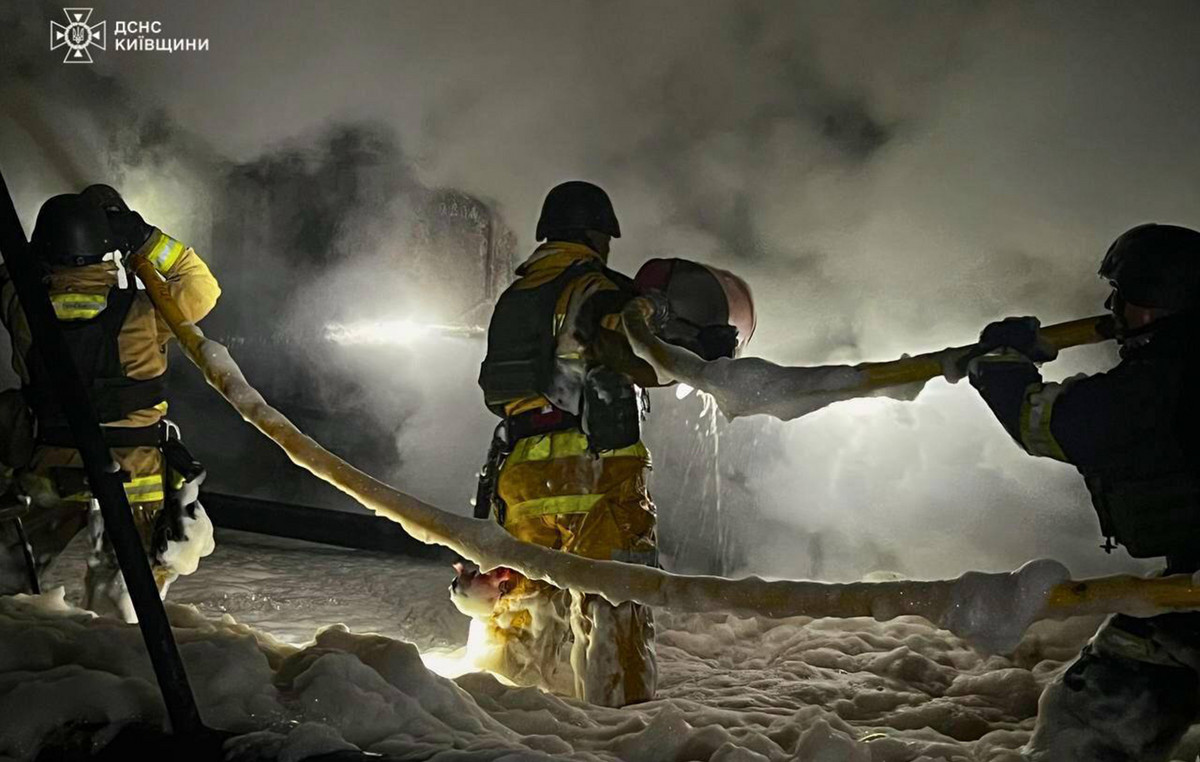A recent study by an international team of scientists identified a kind of “ritual room” in a region of the Andes in Peru. On site, the researchers found Evidence of use of tobacco and hallucinogenic plants After analyzing an old bone -carved inhaler tube.
Node Published article in the scientific journal Proceedings of the National Academy of Sciences (PNAS), archaeologists from different universities describe their studies in a Archaeological Site of Society Chavin .
Less known than the Inca Empire, Chavin culture was responsible for advances in agriculture, ceramics production and its religious rituals, between 1200 BC and 400 BC in 2017, a gallery of one of the Chavin buildings was reopened after more than 2,500 years sealed – gallery is the name given to an inner room of these structures.
The article points out that probably the buildings were not the result of forced labor, but of people who shared the same beliefs and social structure.
During the expedition, archaeologists found inhale tubes in stone structures in Chavin de Huáunto, a former ceremonial center of pre-history society. After the analysis of the materials, they were identified traces of nicotine from a tobacco -related plant, as well as remains of angico seeds (Anadenanthera Colubrina).

Angico is a common tree in various regions of South America, including Brazil. Their seeds have hallucinogenic properties that are associated with DMT ; This natural psychedelic substance is also the principle of ayahuasca.
“Using psychoactive was not about to have visions. It was part of a rigorously controlled ritual, probably reserved for few selected, reinforcing the social hierarchy,” said the anthropological archaeologist and co -author of the new study, Daniel Contreras, in an official statement.
Rituals with hallucinogenic plants
Scientists believe that Chavin leaders used these substances in rituals that, besides provoking psychoactive views reinforced their authority before the population.
They observed that, unlike other old cultures that preferred community use, These plants were used in smaller rituals . This is because the authors realized did not fit many people in this gallery.
After decades of study in the region, the team explains that these ceremonies played an important role since the early stages of the formation of the Chavin society. Possibly, they helped establish an ideology that legitimized their rulers.
In all, 23 objects were found, including bone pipes, spoons and shells. Of these, four tubes had plant residues that were probably used in powder .

That is, these tubes worked as inhalers to aspirate the mixture of wild nicotine with seeds and angio leaves . The custom is similar to that of many Brazilian indigenous peoples, who inhale a mixture of ground tobacco (snuff) in ritual and religious contexts.
The researchers also found possible musical instruments made with shells. Even some Chavin buildings seem to have been designed with special acoustics, probably to value the musical performances.
“It is exciting that ongoing excavations can be combined with cutting -edge archaeological scientific techniques to get us closer to what it was like to live in this place,” Contreras said.
This content was originally published under study reveals “room” for the use of hallucinogens in Peru for 2,500 years on the CNN Brazil website.
Source: CNN Brasil
Charles Grill is a tech-savvy writer with over 3 years of experience in the field. He writes on a variety of technology-related topics and has a strong focus on the latest advancements in the industry. He is connected with several online news websites and is currently contributing to a technology-focused platform.







